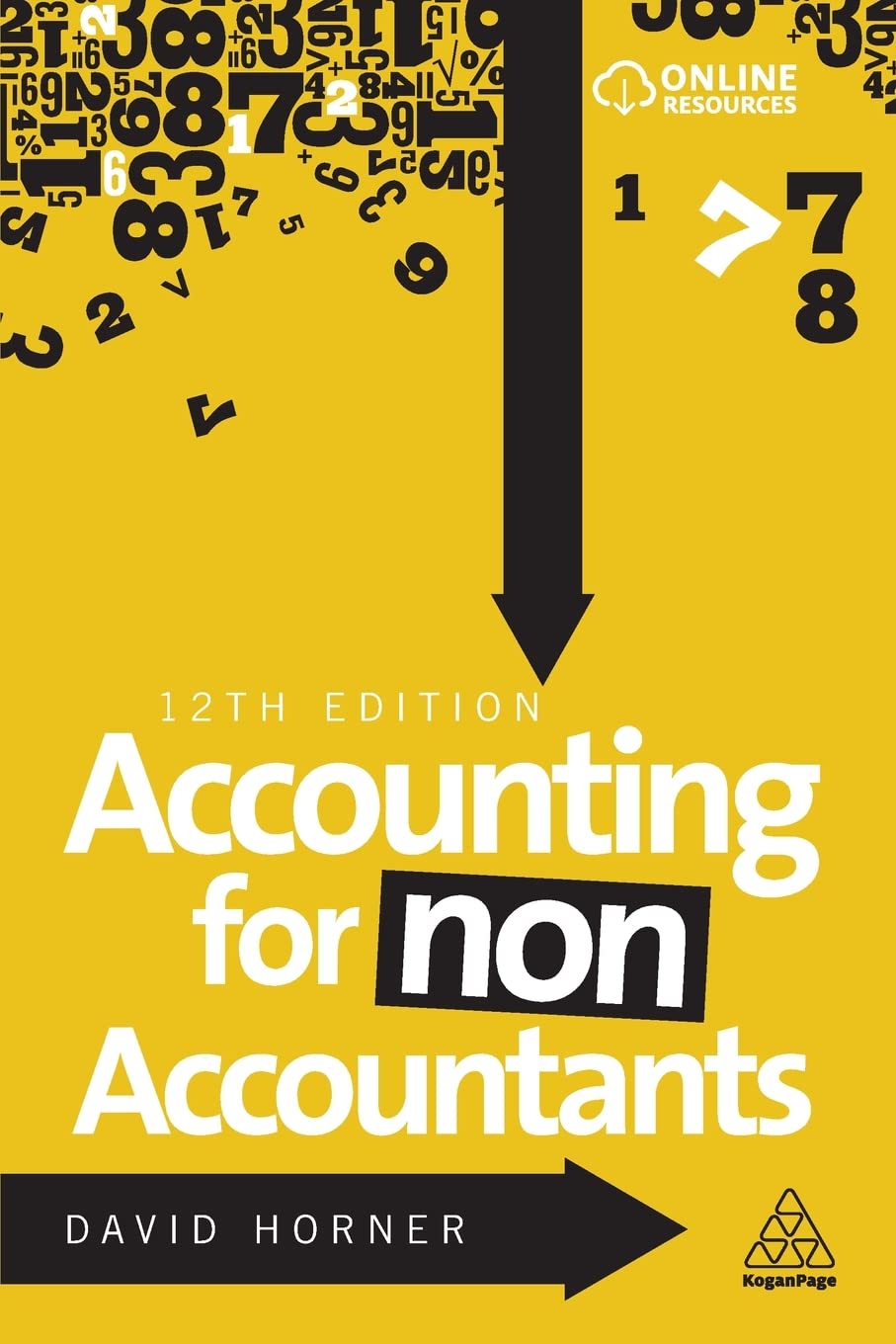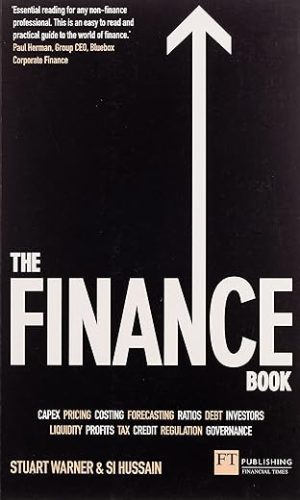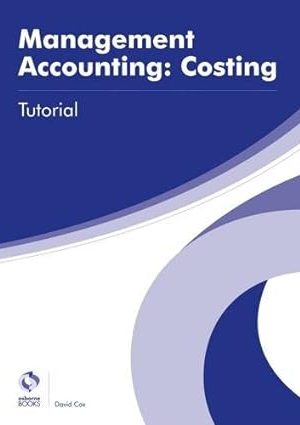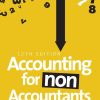Accounting for Non-Accountants
£23.70
Accounting has a reputation as a technical and jargon-heavy subject, but there is no reason why those without formal training cannot master the basics of interpreting accounts and making good decisions.
Accounting for Non-Accountants assumes no prior knowledge of the subject area and is designed to serve as an introductory text for managers and non-specialists who wish to gain an oversight of the accounting discipline. The book covers both financial and management accounting in sufficient detail to allow data to be interpreted but in a clear and accessible manner so the reader can quickly gain an understanding of the basic principles of the subject area.
Now in its 12th edition, Accounting for Non-Accountants has been fully updated to the latest regulatory requirements including the UK GAAP framework, International Financial Reporting Standards (IFRS) and International Accounting Standards (IAS). The final chapter focuses on the impact of changes in the economic environment on businesses and there are introductions to areas including tax, transfer pricing and creative accounting. This practical guide includes review questions in each chapter, with answers and workings where appropriate, and is supported online by over 200 questions and a glossary to develop a firm understanding of all topics.
Read more
Additional information
| Publisher | 12th edition (3 May 2020), Kogan page |
|---|---|
| Language | English |
| Paperback | 392 pages |
| ISBN-10 | 1789664306 |
| ISBN-13 | 978-1789664300 |
| Dimensions | 15 x 1.5 x 23.5 cm |










by Frank
Delivered next door but can’t have everything!
by Lexylexy
I run my own business and I have always found my accounts the most difficult part of it. I have an accountant and a bookkeeper, but I struggle to understand what they do which has made checking my accounts very painful. I therefore bought this book hoping that it’d be a very practical and accessible explanation of what’s going on, as it seemed aimed directly at people such as me. I was very disappointed, however. In reality, it is just a standard dry-as-dust accountancy textbook, full of theory and making no concessions to readers who may not want to know every background detail but who just want to know what matters in a ready-to-use sort of way. It is hard to understand: I have read Chapter 1 five times now and I still don’t really understand the double-entry system or what balancing accounts is really about. I have now got to Chapter 3 but I am about to give up with it. I’m sad to say it hasn’t enlightened me at all.